Manyun Melanie Yau
Advisor: Herbert Enns
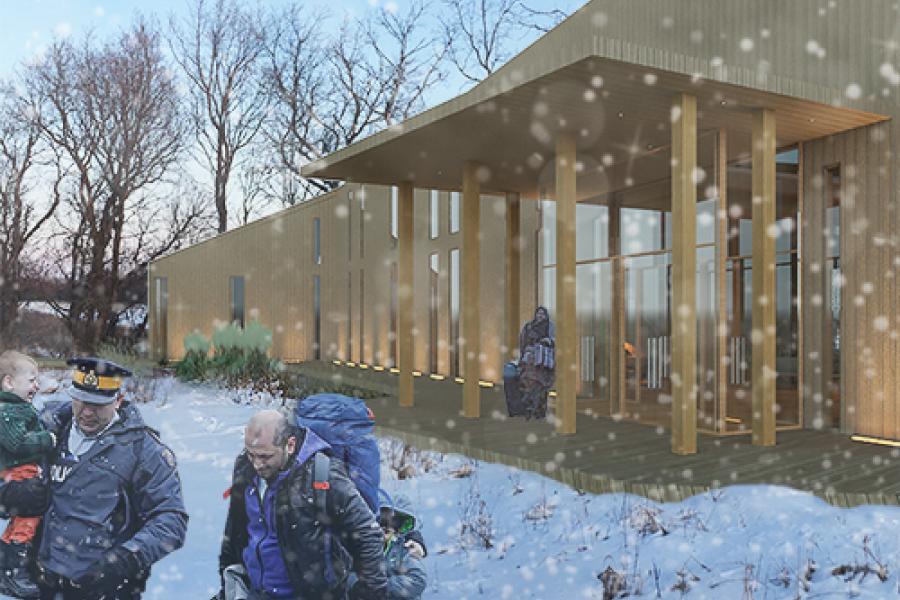
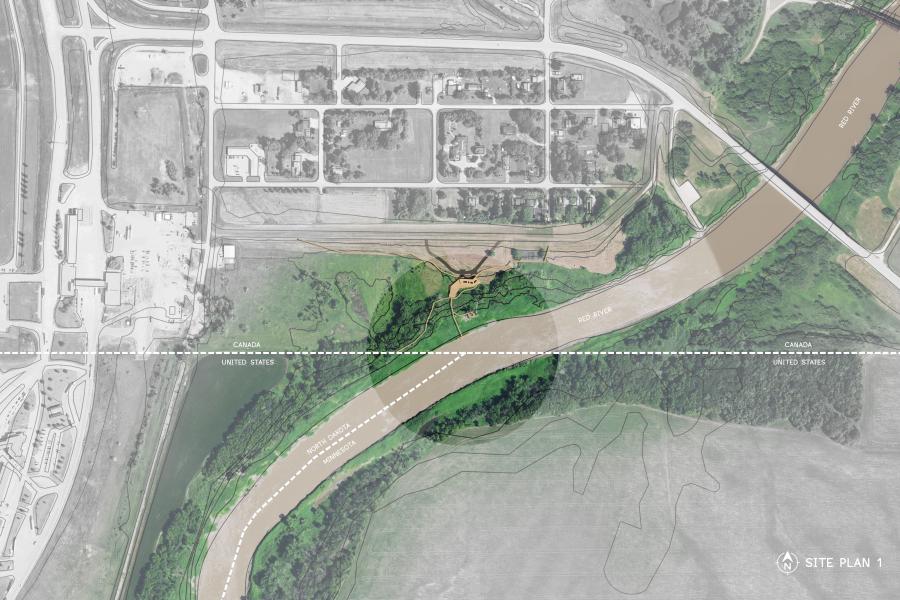
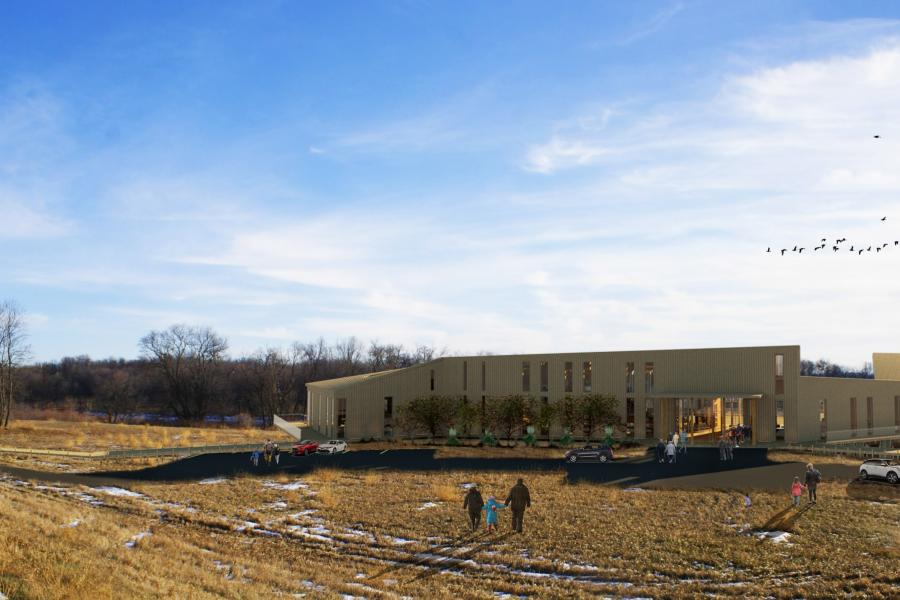
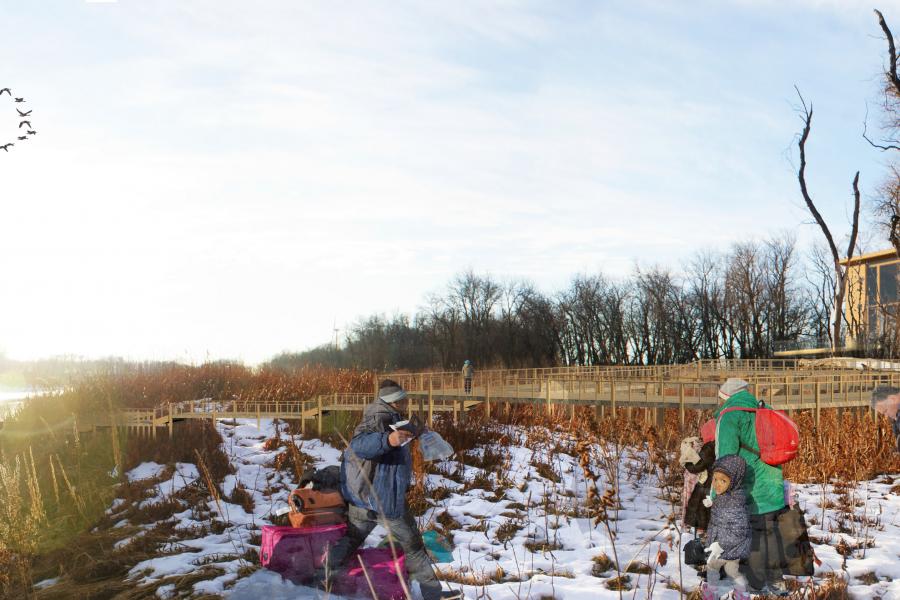
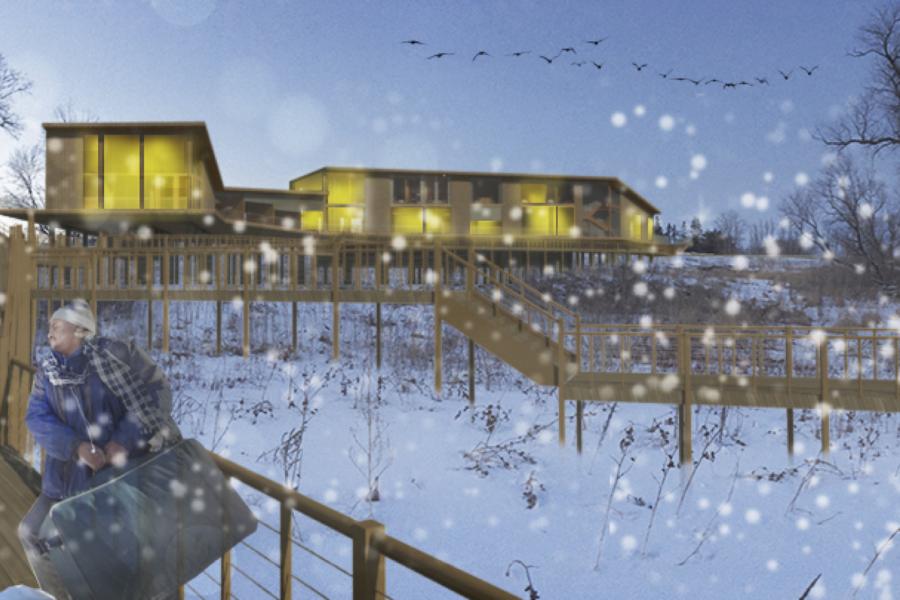

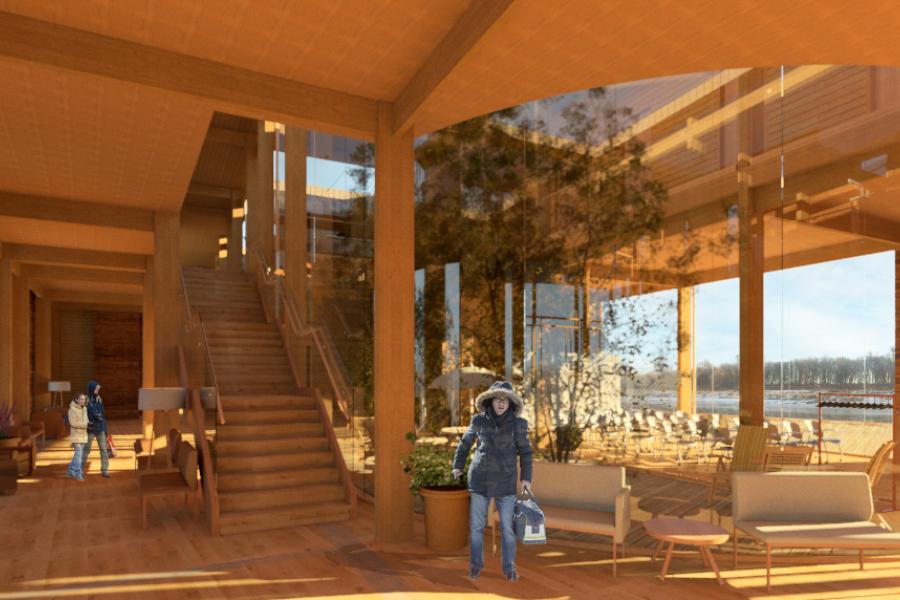

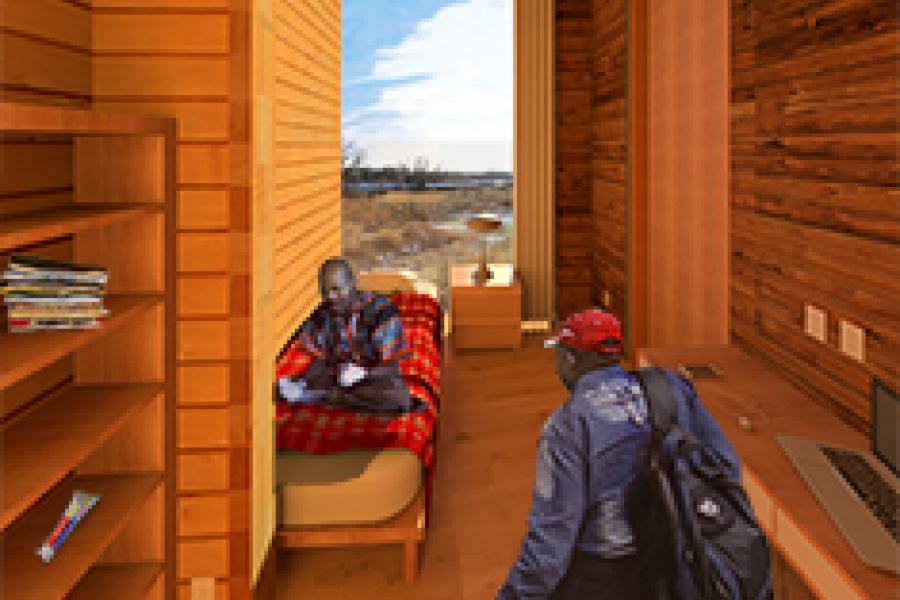
Bridging Borders: Lines Drawing Upon the Water
Many national borders often go unnoticed, but every so often, they become the hot topic of global debates and attention; transforming into more than just lines on a map. Canada’s border with the United States has caused many debates over the decades; with some viewing it as an artificial boundary and others as a delineation of security between the two nations. Known as the International Boundary, the Canada-U.S. border is frequently referred to as the world’s longest undefended border. While military presence is absent, civilian law enforcement is still present. Crossing the International Boundary outside designated border controls, whether through vehicular or pedestrian means, is considered illegal.
Nevertheless, since the end of 2016, Canada has seen a surge of asylum seekers crossing illegally from the U.S as a result of changes in U.S. politics. In Manitoba alone, the number of asylum seekers crossing the Canada-U.S. border on foot has risen fivefold in the past few years, which has been predominantly evident near the small, southern Manitoban community of Emerson.1 This new reality raises several questions: how can Canada be welcoming to migrants while maintaining its security and legality, and what can be done to aid border-towns providing shelter to refugees and asylum seekers? With the influx of illegal border-crossings by refugee-claimants showing no signs of ebbing, it is critical to bridge these concerns to provide a common ground for all parties involved— the two nations, asylum-seekers, and border-town residents.
In many instances, the built environment of borders act as political dividers in the landscape, and yet, in turn of recent events, how might we use architecture as an opportunity to make the border more than just a barrier? My proposal for a transnational space offering transitional services and shelter between Emerson (Manitoba), Pembina (South Dakota), and Noyes (Minnesota), will attempt to examine and explore the notion of borders and the importance of humanitarian architecture, while challenging the sense of identity linked to a specific geographical location.
1 Austin Grabish and Laura Glowacki, "New numbers show spike in asylum seekers crossing from U.S. to Manitoba," CBCnews, January 09, 2017, accessed November 24, 2017, http://www.cbc.ca/news/canada/manitoba/refugees-manitoba-emerson- crossing-1.3926754.
